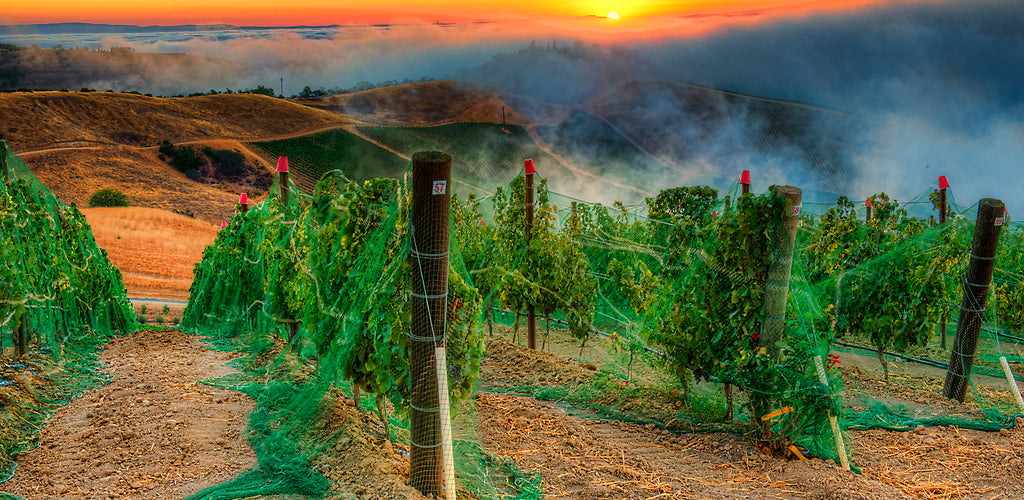5 Things to Know About the Underrated Region of Paso Robles

When we talk about California wine regions, Paso Robles often flies under the radar! This week, we’re celebrating this Paso Robles, and sharing little known facts about this underrated region.
1. Paso Robles vines were planted over 220 years ago.
Despite being a New World region, the vines of Paso Robles have an old history! In the 1790’s, vines were brought by the Spanish conquistadors and Franciscan missionaries, and grapes were originally planted for sacramental purposes. Since then, the region has experienced a commercialized boom, and is now the fastest growing AVA in California.

2. The AVA was established in 1983
The American Viticultural Area of Paso Robles was recognized in 1983, nearly 200 years after wines were originally planted there. 30 years later, the region was divided into 11 subappellations: Adelaida District, Creston District, El Pomar District, Paso Robles Estrella District, Paso Robles Geneseo District, Paso Robles Highlands, Paso Robles Willow Creek District, San Juan Creek, San Miguel District, Santa Margarita Ranch and Templeton Gap District. Don’t worry, we don’t expect you to remember them all!

3. Paso Robles was named 2013 Wine Region of the Year by Wine Enthusiast Magazine.
Beating out all other wine regions world wide, Paso Robles was recognized for their innovation, reinvention, and excellence in wine quality. Wine Enthusiast stated that Paso Robles’ “willingness to forge forward, to press relentlessly into the future and craft its own identity for the 21st century” is what earned them this honor.

4. Here, red wines reign
78% of Paso Robles varietals are red wines. The most widely planted variety in the region is Cabernet Sauvignon, which makes up approximately 39% of all vineyards in the area, while Merlot, Syrah, Grenache, Cabernet Franc and Mourvèdre remain important to the region. Zinfandel, Chardonnay, and Sauvignon Blanc also thrive.
5. Its soil sets it apart.
The Paso Robles region features over 30 soil types, from volcanic rock based to mudstone filled. Most notably is the presence of calcareous shales, providing a high pH soil level that differs from the rest of the state. According to Wine Folly, “high pH reduces the vine’s vigor, allowing for flavor concentration and retention of acidity in wine.” As such, grapes ripen easily with plenty of strong flavours.

Want to learn more? Join us for round 4 of our California Wine month virtual tasting! We’ll be toasting the wines of Paso Robles with Trusted Expert Samantha Nelmes and special guests! Head here to buy your ticket and three bottle tasting kit.
Craving something Californian? Shop our entire Californian Wine collection here.




